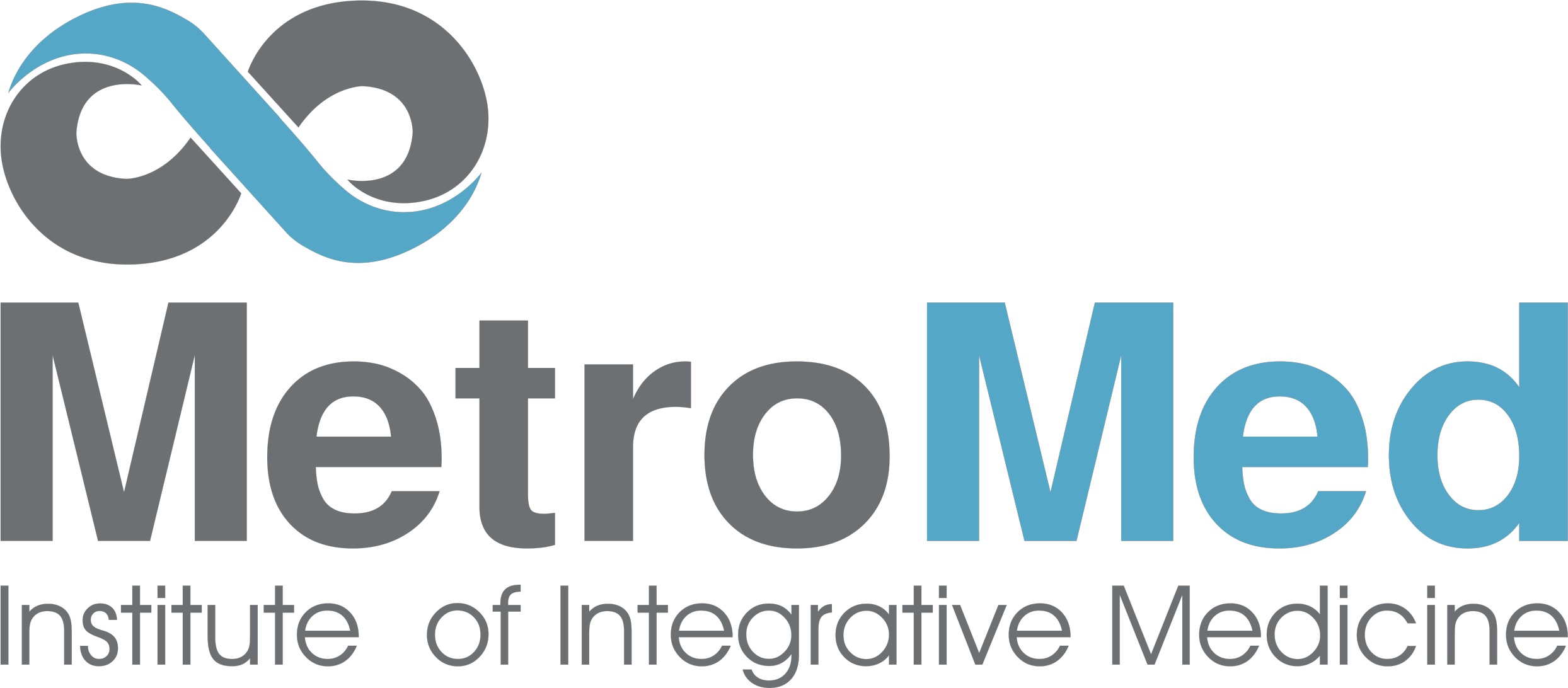A central feature of Human Growth Hormone (HGH) activity is that it keeps your muscles healthy and maintains their integrity by slowing down the aging process, which changes healthy muscles tissue into fat. This change occurs from age forty onward with the stresses of wear and tear related to repeated injury to muscle tissue and the overall aging process in general.
In some individuals, however, the body’s immune system becomes hyper-sensitized through repeated exposure to the powerful stress-hormone Cortisol, which is released each time the body believes that it is “under attack. In prehistoric times, the stress hormone was useful to save lives because, should a body come under attack from an animal or another human, the individual would have huge energy reserves in the form of glycogen that would allow him (or her) to run faster or to fight off an attacker. This glycogen release was due to Cortisol flooding the blood stream. Glycogen serves as an immediate energy source for muscle contractions and for intense activity of the brain in focusing on dangerous and frightful stimuli.
Today, however, Sabre-toothed Tigers and other cannibalistic hominids no longer threaten us as we stroll through the forest. As a result, there is little need for Cortisol, the stress hormone. However, our bodies, which carry most of the genetic imprint of our remote ancestors, do not know this and the infamous stress hormone continues to be manufactured in the body’s adrenal glands. To be completely even-handed, we must acknowledge that the stress hormone does play an important positive role in our bodies because it is an important factor in maintaining blood pressure and electrolyte integrity as well as serving as the mediator of the fight-or-flight stress response.
Cortisol release has been implicated in the induction of diabetes mellitus in individuals identified as being under great psychological stress over a prolonged period of time. In addition to this, a second undesirable and very serious effect of excessive Cortisol release is its effect on the connections between pain fibers, skin, muscles and the surrounding connective tissue. Too much Cortisol over a prolonged period of time can also cause bone loss and destruction of the integrity of connective tissue. The fragmented tissue particles are believed to trigger an immune response in immune sentinel cells such as macrophages and killer-bursal cells. This, in a nutshell, is the beginning of FIBROMYALGIA.
In a brief and simplistic version of how this disease process arises, the sequence can be outlined as follows: Â The fragmented connective tissue and muscle fibers are processed by Immune System sentinel cells (macrophages), and are incorrectly marked by these immune cells as foreign. As a result of this mislabeling, these important tissues wrongly become targets for a clean-up operation by the body’s Immune System and the same tissues eventually come under direct attack from antibodies and white blood cells launched by the Immune System. As a result of the struggle to destroy and engulf the fragments by the immune-globulins and white blood cells, digestive enzymes are released throughout this process by the attacking cells. The tissues become exquisitely painful as a result of the highly proteolytic nature of the enzymes and a disease process we call FIBROMYALGIA comes into being. It is curious that only by restoring levels of HGH to the levels that we once had before age 40 can we hope to reverse this mysterious disease through the rapid repair of these damaged tissues.
Specialists who treat soft-tissue and joint disease have had a very difficult time blocking the pain created in Fibromyalgia. It is believed that the kind of pain from Fibromyalgia comes from the over-active firing of hyper-sensitive nerve endings and not from the usual cascade of burning chemicals released from damaged cells as occurs in common wounds and burns. The usual remedies like opiates (Vicodin, Codeine etc) and anti-inflammatories (Ibuprofen, etc) do NOT work very well in the case of Fibromyalgia. But, instead, the addition of HGH to the treatment regimen does, however, work well in more than 40% of the cases. As a result, this powerful hormone is fast becoming the ONLY therapy, which actually relieves the pain from Fibromyalgia in many of the unfortunate, chronic-pain patients who are victims of it.
So how does the Human Growth Hormone do it? It is theorized that HGH repairs the nerve conduction system by restoring the neuro-transmitters and conduction lines shorn apart by immune-system attacks. It has been well documented that in the brain HGH also restores Serotonin levels as well as all of the other major neuro-transmitters so we may assume that peripherally along distant nerve endings the same process of restoration occurs through HGH mediation. Because of this clinical evidence, it appears that the repair mediated by HGH is not limited to peripheral nerves near the skin and damages muscles but the concomitant repair processes are occurring also in the brain itself where pain is perceived and registered. The relief from HGH in the treatment of chronic pain due to Fibromyalgia can be expected to occur within four to six weeks after initiating HGH therapy. Following that point, if relief is not significant, HGH therapy should be abandoned.
Nevertheless, Human Growth Hormone (HGH) Therapy has proven to be an effective treatment for many patients who suffer from Fibromyalgia Syndrome.
[For much more on this subject see Bennett et al, J.Rheumatol. 24:1384-1389, 1997.]
Bibliography (taken from Bennett et al.):
1. Bengtsson A, Henriksson KG, Jorfeldt L, K~agedal B, Lennmarken C, Lindstrom F: Primary fibromyalgia. A clinical and laboratory study of 55 patients. Scand.J.Rheumatol. 1986, 15:340-347.
2. Wolfe F, Smythe HA, Yunus MB, Bennett RM, Bombardier C, Goldenberg DL, Tugwell P, Campbell SM, Abeles M, Clark P, Fam AG, Farber SJ, Fiechtner JJ, Franklin CM, Gatter RA, Hamaty D, Lessard J, Lichtbroun AS, Masi AT, McCain GA, Reynolds WJ, Romano TJ, Russell IJ, Sheon RP: The American College of Rheumatology 1990 criteria for the classification of fibromyalgia: Report of the Multicenter Criteria Committee. Arth.Rheum. 1990, 33:160-172.
3. Yunus MB, Masi AT: Juvenile primary fibromyalgia syndrome. A clinical study of thirty-three patients and matched normal controls. Arth.Rheum. 1985, 28:138-145.
4. Yunus MB, Holt GS, Masi AT, Aldag JC: Fibromyalgia syndrome among the elderly. Comparison with younger patients.J.Am.Geriatr.Soc. 1988, 36:987-995.
5. Waxman J, Zatzkis SM: Fibromyalgia and menopause. Examination of the relationship. Postgrad.Med. 1986, 80:165-7, 170-1.
6. Crofford LJ: Neuroendocrine abnormalities in fibromyalgia and related disorders. Am.J.Med.Sci. 1998, 315:359-366.
A useful review of the HPA axis perturbations and hypotheses regarding the associations with pain.
7. Neeck G: From the fibromyalgia challenge toward a new bio-psycho-social model of rheumatic diseases. Z.Rheumatol.1998, 57 Suppl 2:A13-A16.
Fibromyalgia and Human Growth Hormone Therapy, Copyright © 2011 Alex Martin MD, Los Angeles


